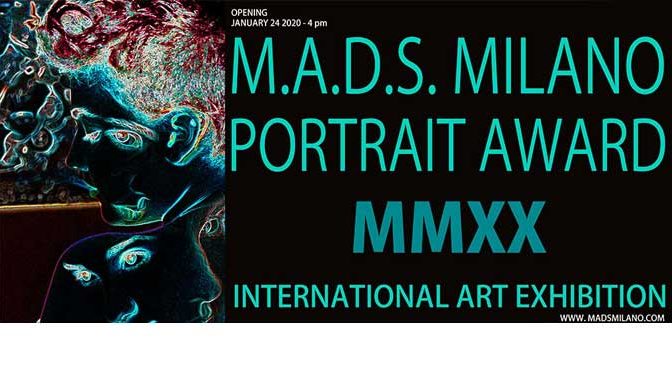Via de e-mail kreeg ik de catalogus en review van de internationale expositie “Portrait Award MMXX” die afgelopen vrijdag in de M.A.D.S. Milano Gallery eindigde toegestuurd. Uit de review: In conclusion, his focus is always that one: the externalization of the soul, the puerile purity and innocence and the intrinsic force that determines the character even if young.
De catalogus bevat de foto’s van de ingezonden kunstwerken van alle kunstenaars die aan de Award hebben meegedaan. Daarnaast schrijft één van de art curators van de M.A.D.S. Gallery Milano een review van het ingezonden werk.
Ik beperk me tot de pagina’s in de catalogus waarop de foto’s van Studio Tjeerd zijn opgenomen. Daarnaast ook een aantal foto’s die genomen zijn door de galeriehouders van hoe de foto’s er tijdens de expositie uitzagen.

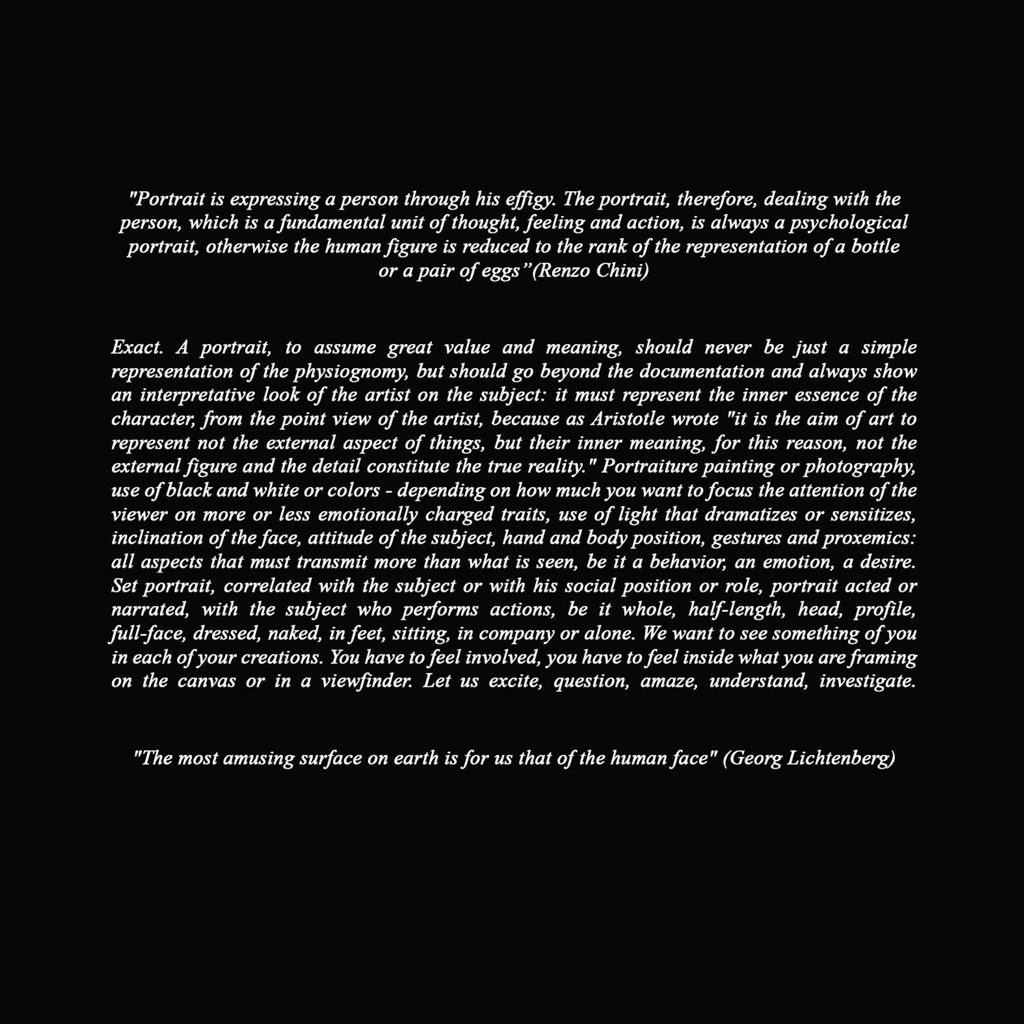
“Portrait is expressing a person through his effigy. The portrait, thereforem dealing with the person, which is a fundamental unit of thought, feeling and action, is always a psychological portrait, otherwise the human figure is reduced to the rank of the representation of a bottle or a pair of eggs” (Renzo Chini)
Exact. A portrait, to assume great value and meaning, should never be just a simple representation of the shysiognomy, but should go beyound the documentation and always show an interpretative look of the artist on the subject: it must represent the inner essence of the character, from the point of view of the artis, because as Aristotle wrote “it is the aim of art to represent not the external aspect of things, but their inner meaning, for this reason, not the external figure and the detail consitute the true reality.” Portraiture painting or photography, use of black and white or colors – depending on how much you want to focus the attention of the viewer on more or less emotionally charged traits, use of light that dramatizes or sensitizes, inclination of the face, attitiude of the subject, hand and body position, gestures and proxemics: all aspects that must transmit more than what is seen, be it behavior, an emotion, a desire. Set portrait, correlated with the subject or with his social position or role, portrait acted or narrated, with the subject who performs actions, be it whole, half-length, head, profile, full-face, dressed, naked, in feet, sitting, in company or alone. We want to see something of you in each of your creations. You have to feel involved, you have to feel inside what you are framing on the canvas or in a viewfinder. Let us excite, question, amaze, understand, investigate.
“The most amusing surface on earth is for us that of the human face” (Georg Lichtenberg)
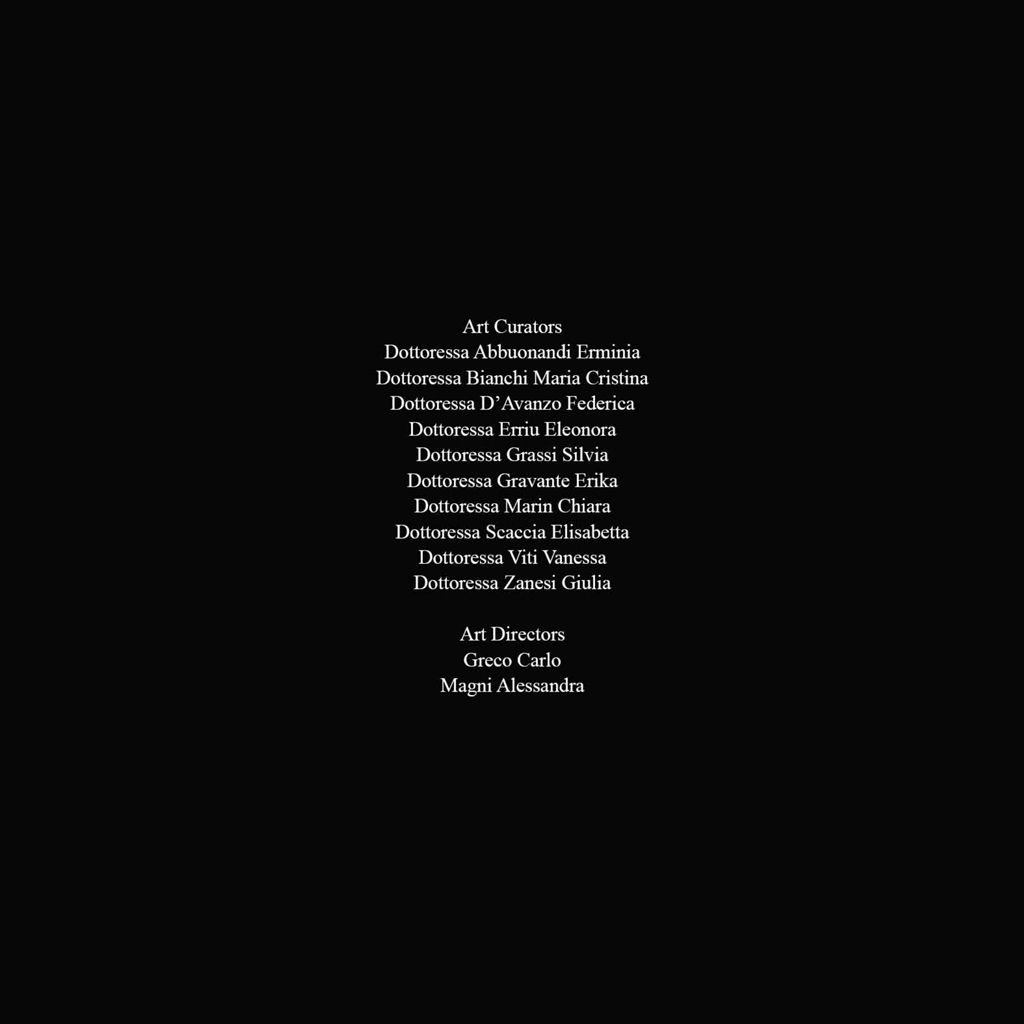
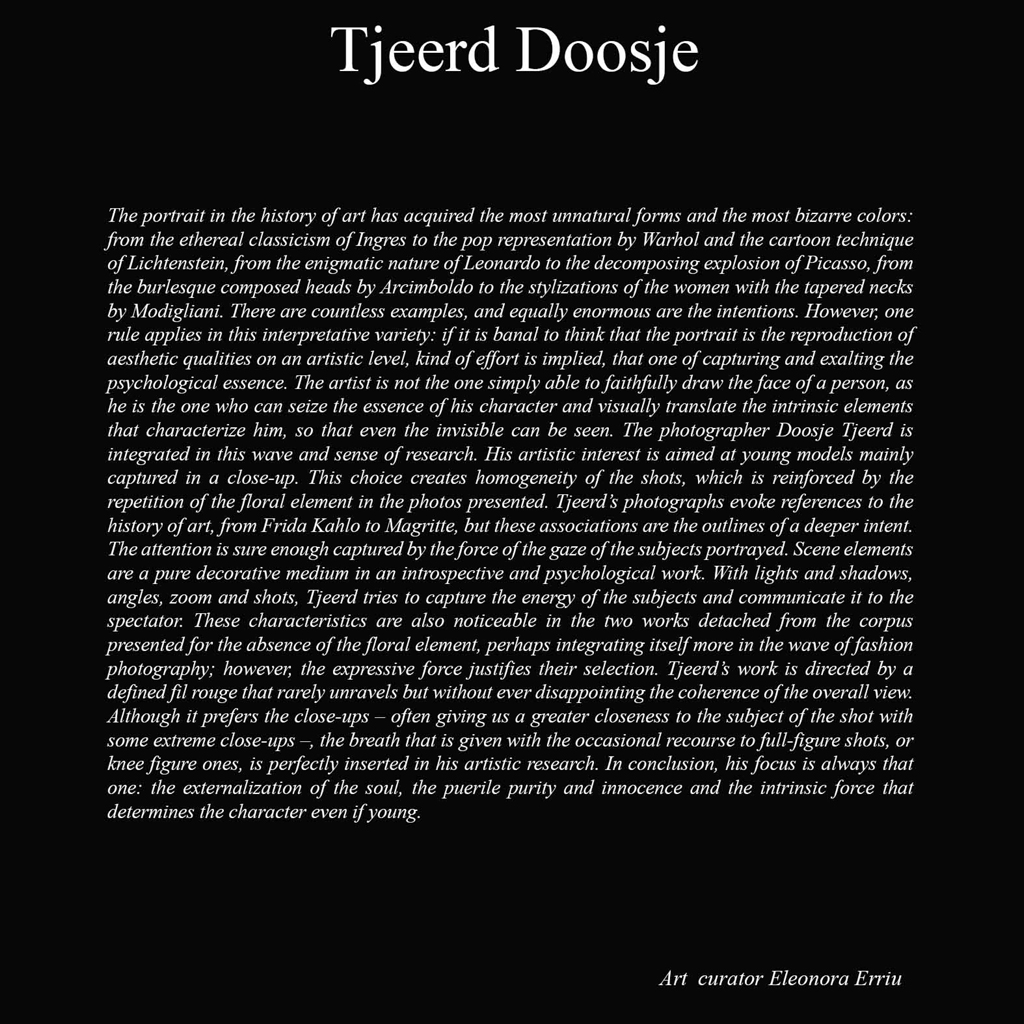
Tjeerd Doosje
The portrait in the history of art has acquired the most unnatural forms and the most bizarre colors: from the ethereal classicism of Ingres to the pop presentation by Warhol and the cartoon technique of Lichtenstein, from the enigmatic nature of Leonardo to the decomposing explosion of Picasso, from the burlesque composed heads by Arcimboldo to the stylizations of the women with the tapered necks by Modigliani. There are countless examples, and equally enormous are the intentions. However, one rule applies in this interpretative variety: if it is banal to think that the portrait is the reporduction of aesthetic qualities on an artistic level, kind of effort is implied, that one of capturing and exalting the psychological essence. The artist is not the one simply able to faithfully draw the face of a person, as he is the one who can seize the essence of his character and visually translate the intrinsic elements that characterize him, so that even the invisible can be seen.
The photographer Tjeerd Doosje is integrated in this wave and sense of reseach. His artistic interest is aimed at young models mainly captured in a close-up. This choice creates homogeneity of the shots, which is reinforced by the repetion of the floral element in the photos presented.
Tjeerd’s photographs evolke references to the history of art, from Frida Kahlo to Magritte, but these associations are the outlines of a deeper intent.
The attention is sure enough captured by the force of the gaze of the subjects portrayed. Scene elements are a pure decorative medium in an introspective and psychological work. With lights and shadows, angles, zoom and shots, Tjeerd tries to capture the energy of the subjects and communicate it to the spectator.
These characteristics are also noticeable in the two works detached from the corpus presented for the absence of the floral element, perhaps integrating itself more in the wave of fashion photography; however, the expressive force justifies their selection.
Tjeerd’s work is directed by a defined fil rouge that rarely unravels but without ever disappointing the coherence of the the overall view.
Although it prefers the close-ups = often giving us a greater closeness to the subject of the shot with some extreme close-ups -, the breath that is given with the occasional recourse to full-figure shots, or knee figure ones, is perfectly inserted in his artistic research.
In conclusion, his focus is always that one: the externalization of the soul, the puerile purity and innocence and the intrinsic force that determines the character even if young.
Art curator Eleonora Erriu
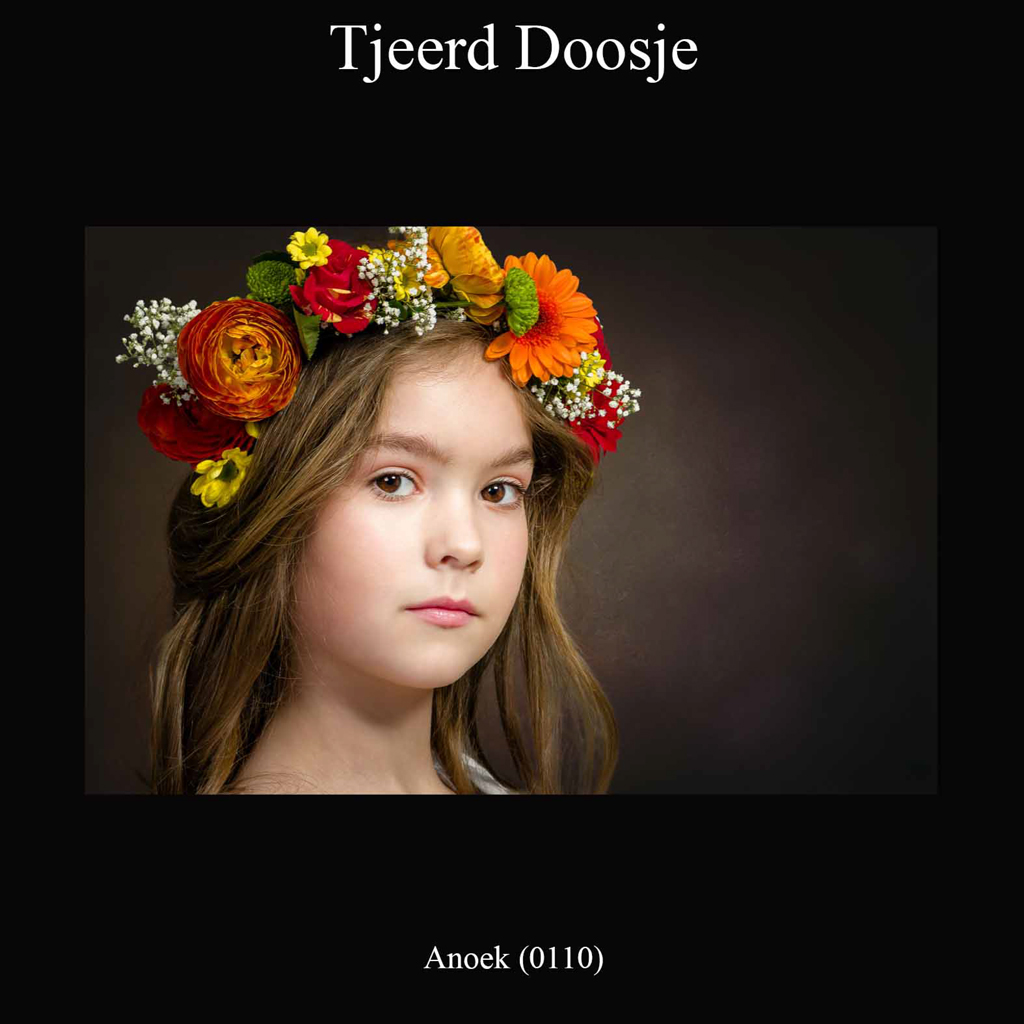
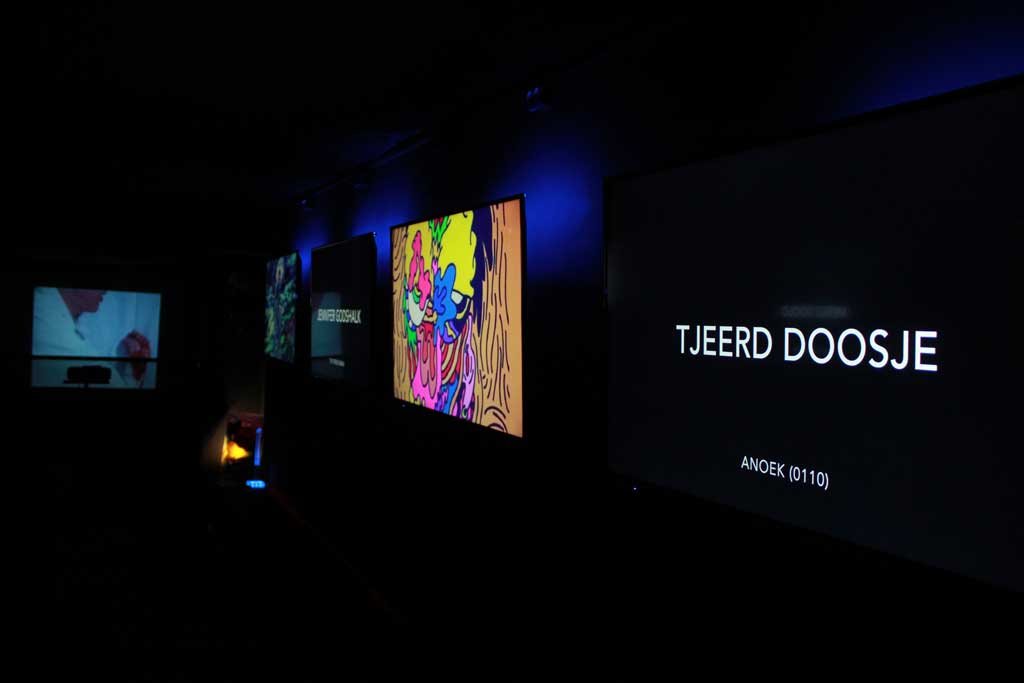
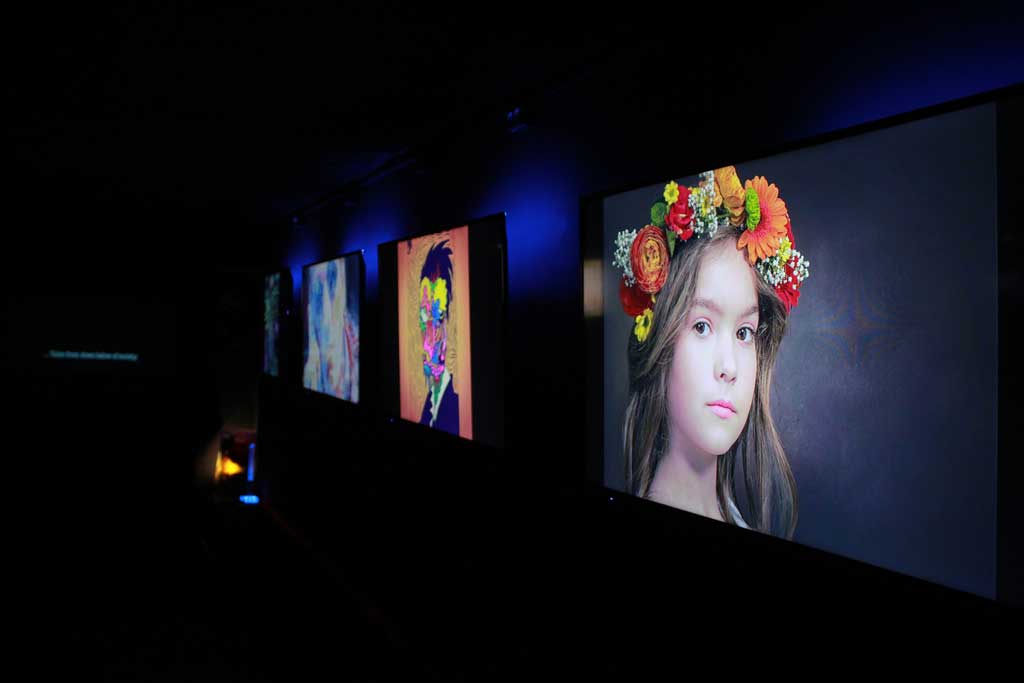
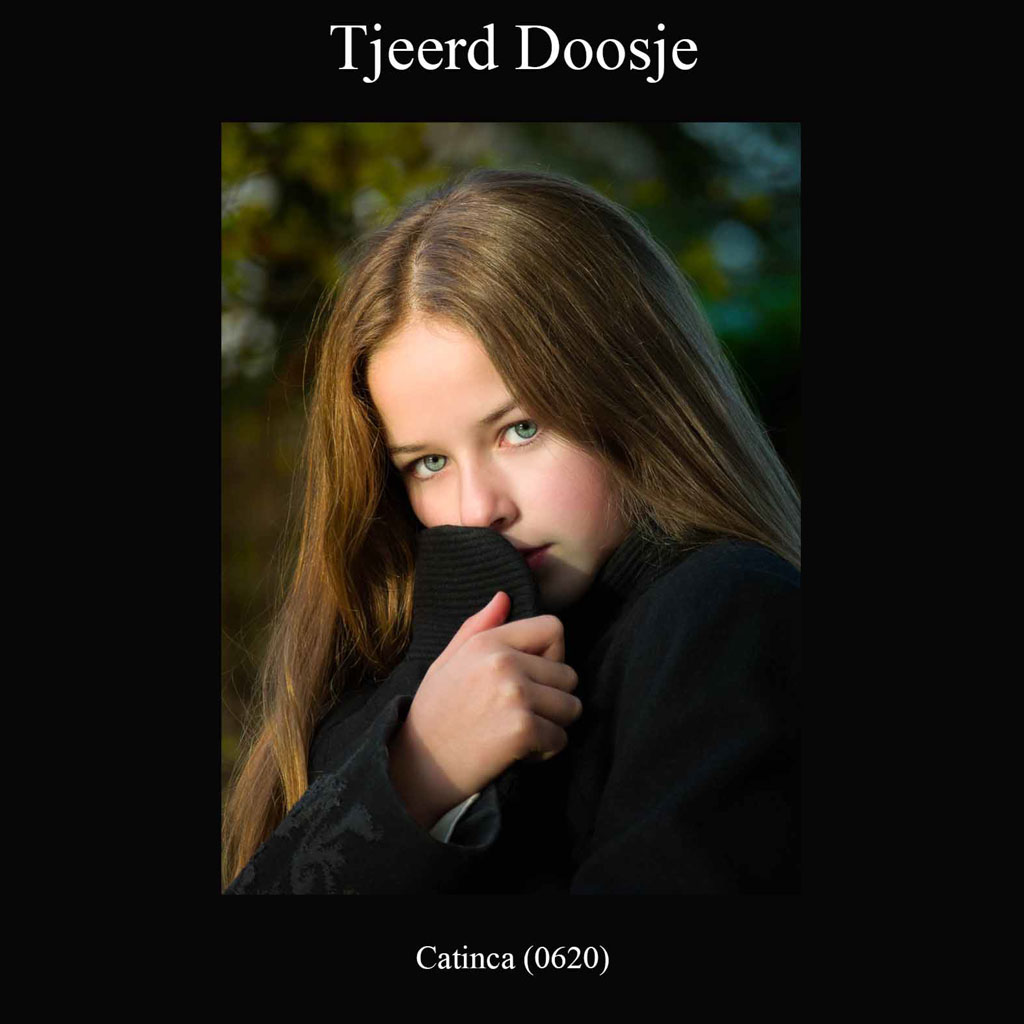
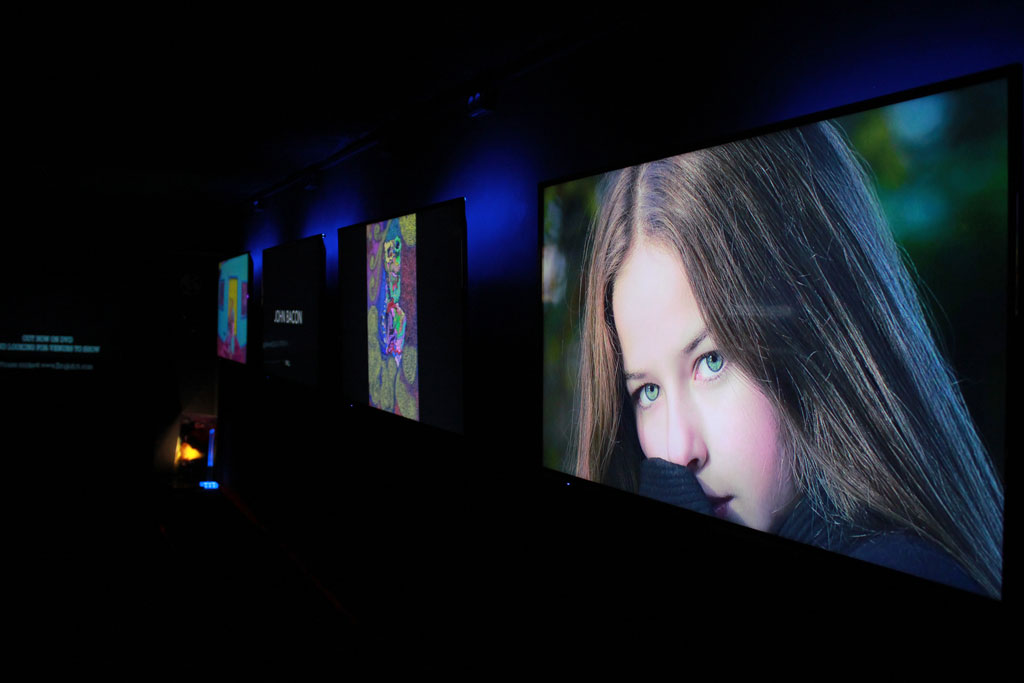
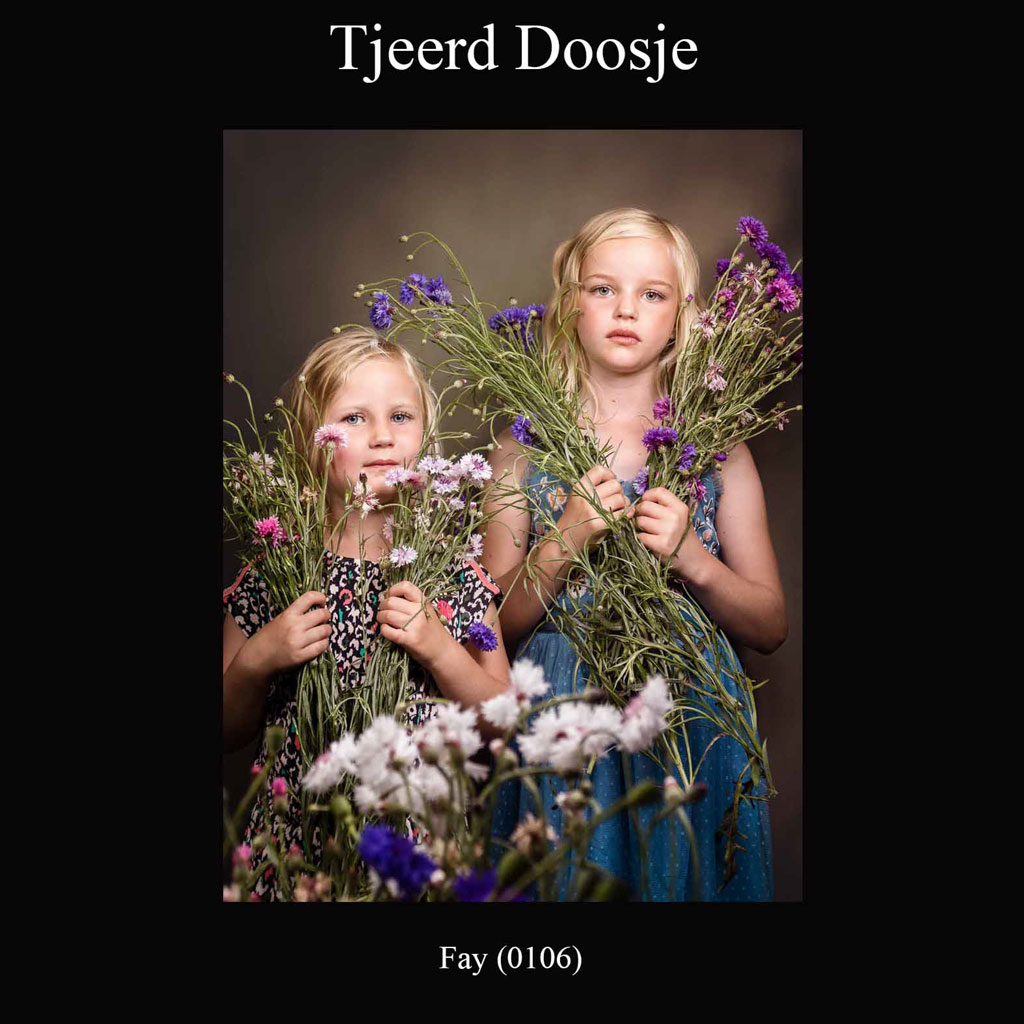
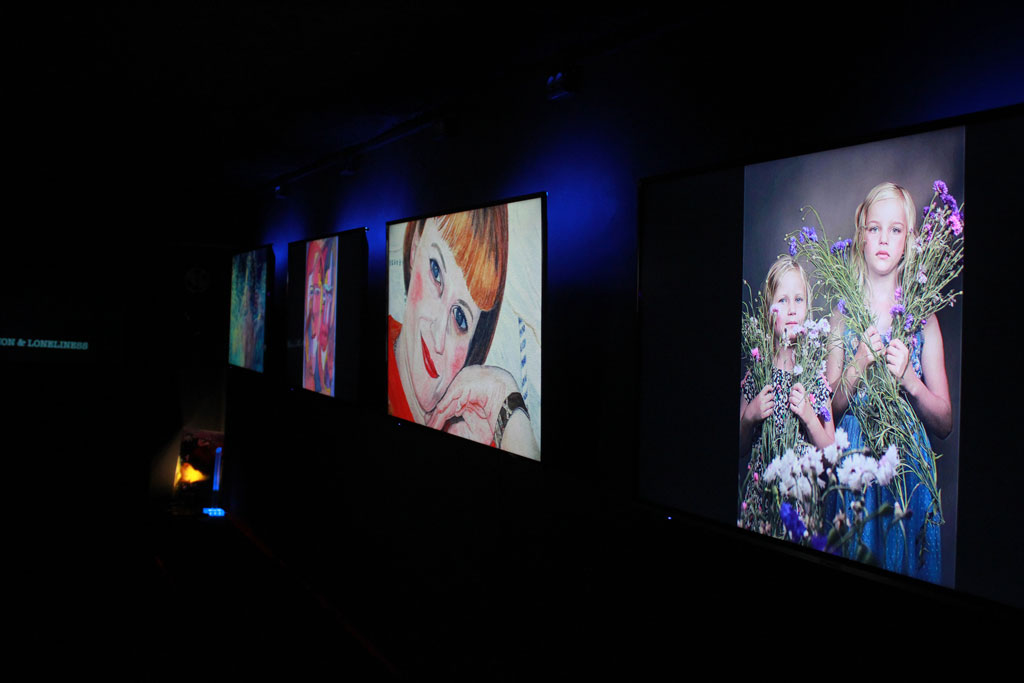
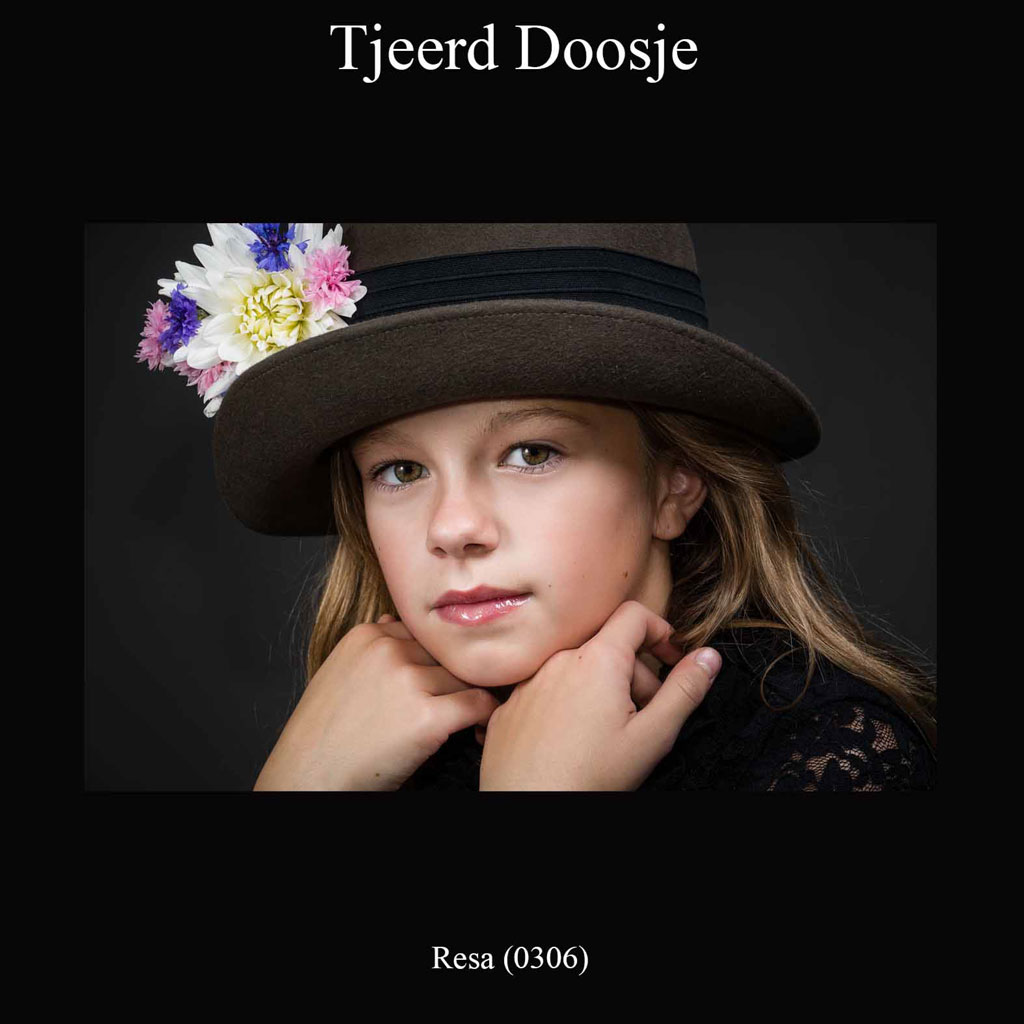
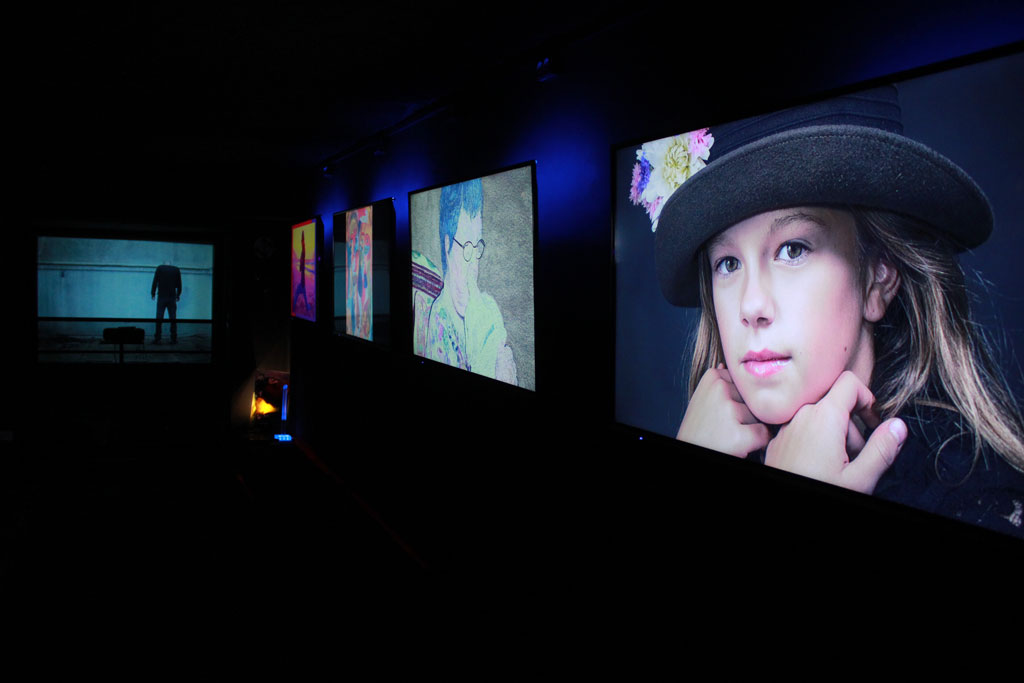
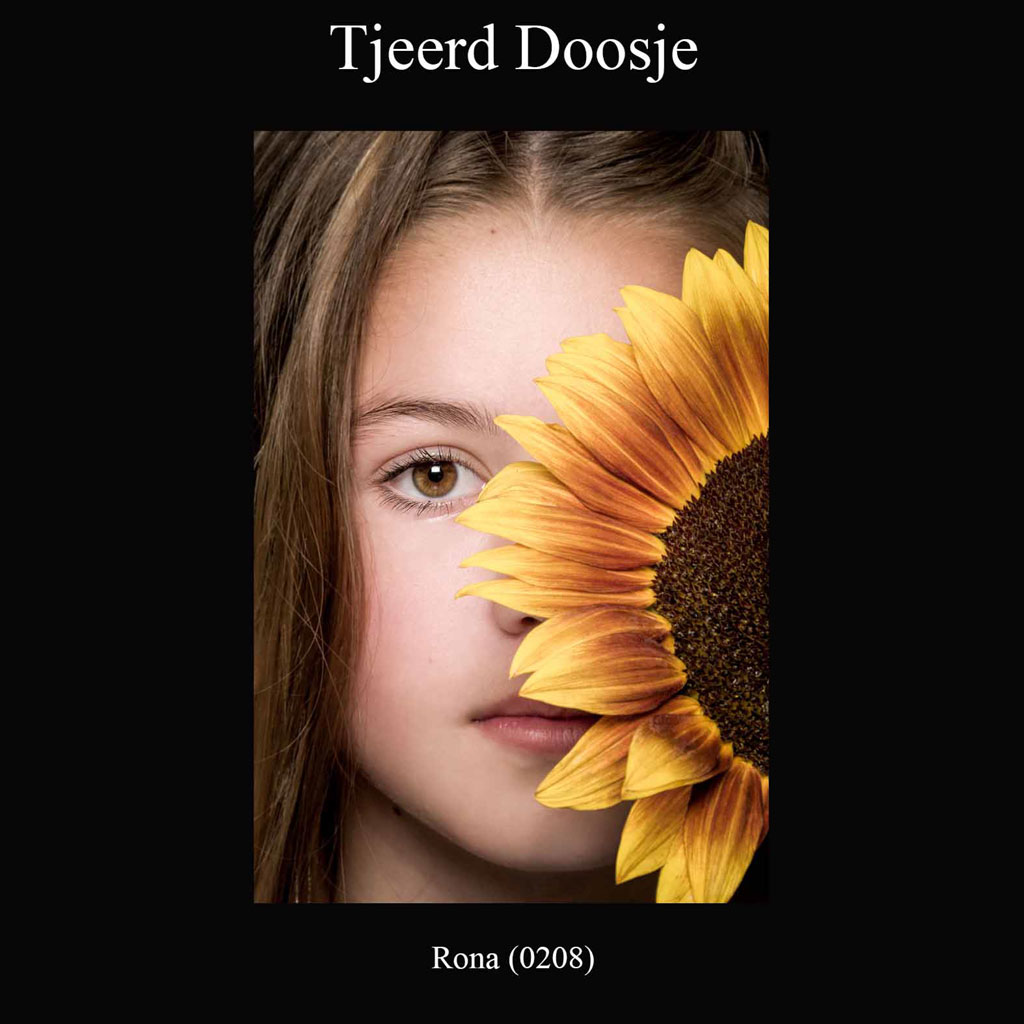
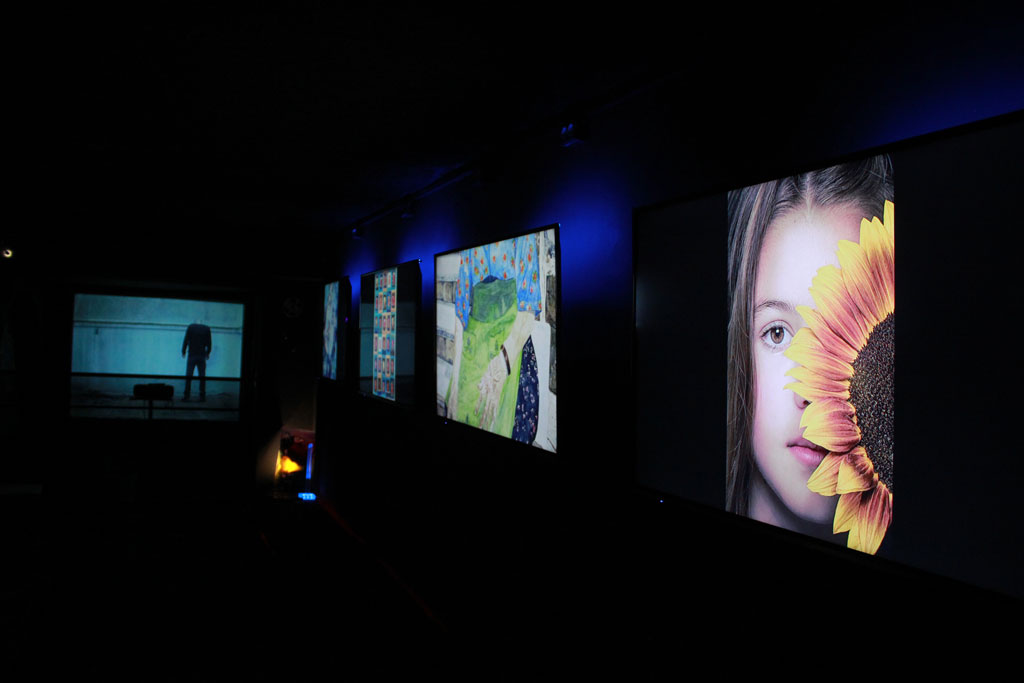
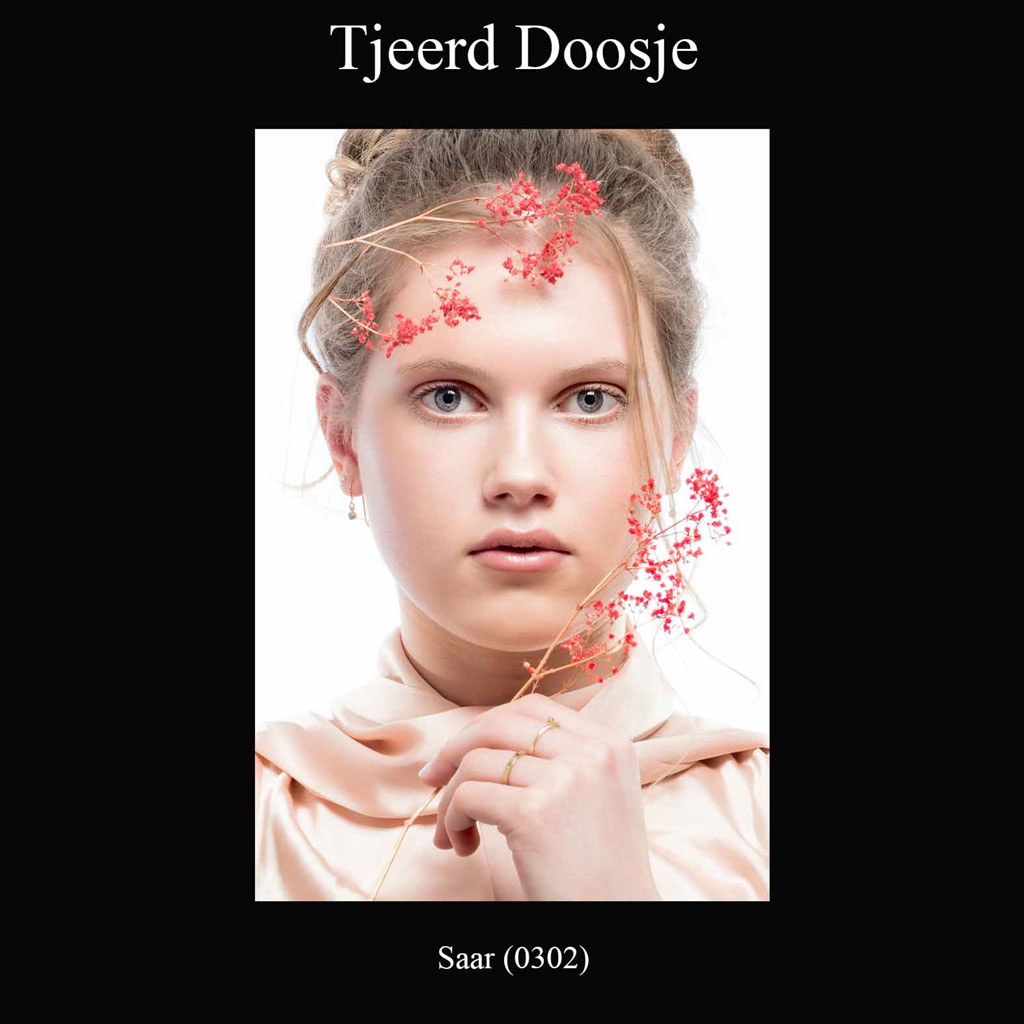
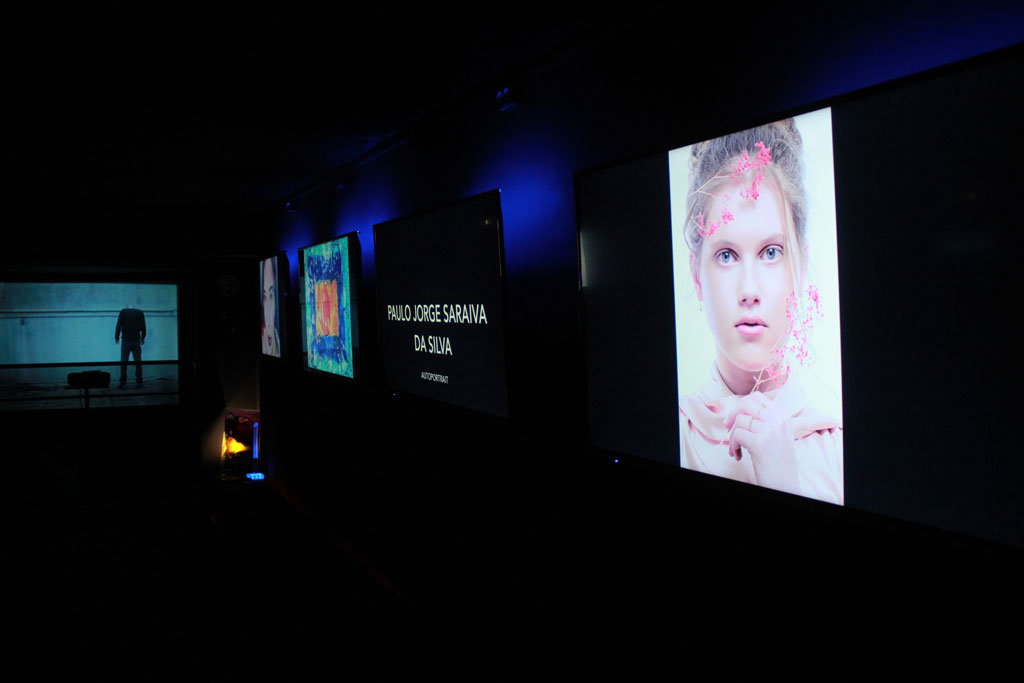
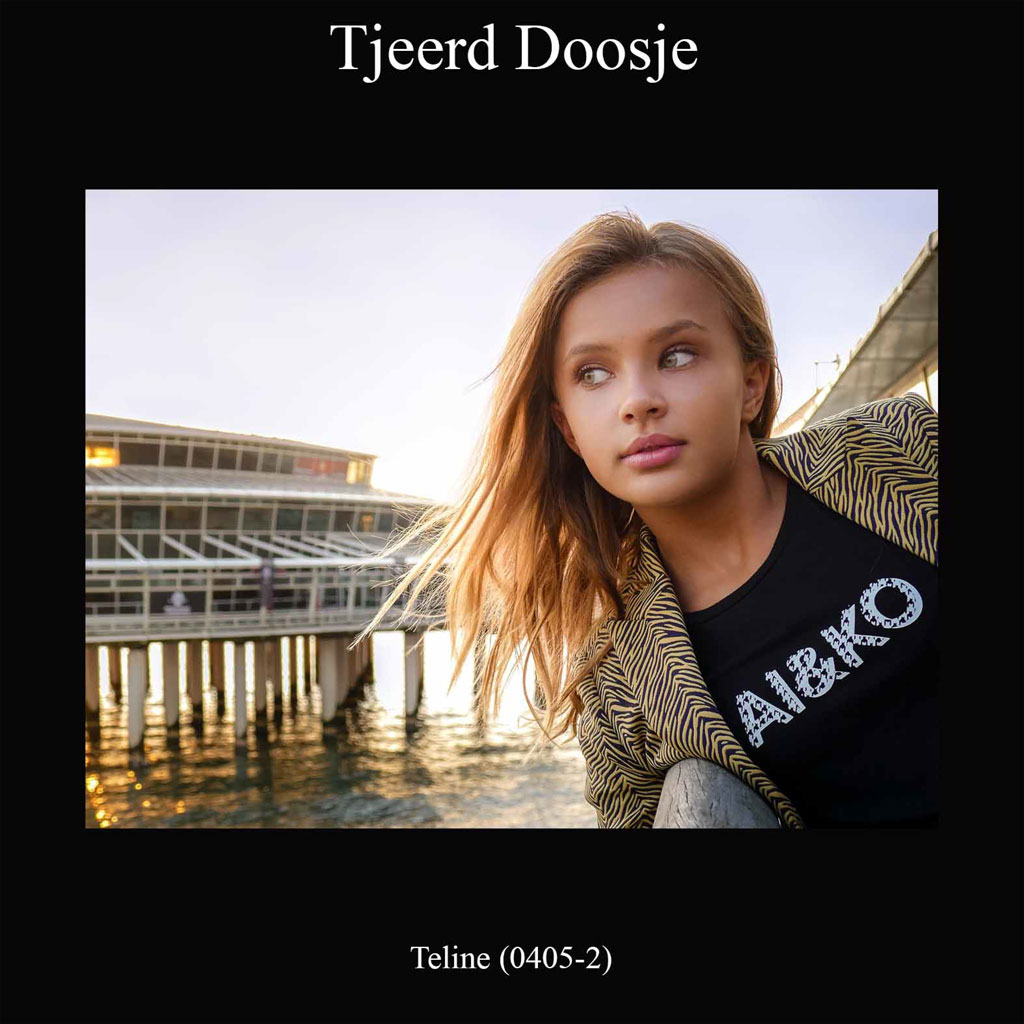
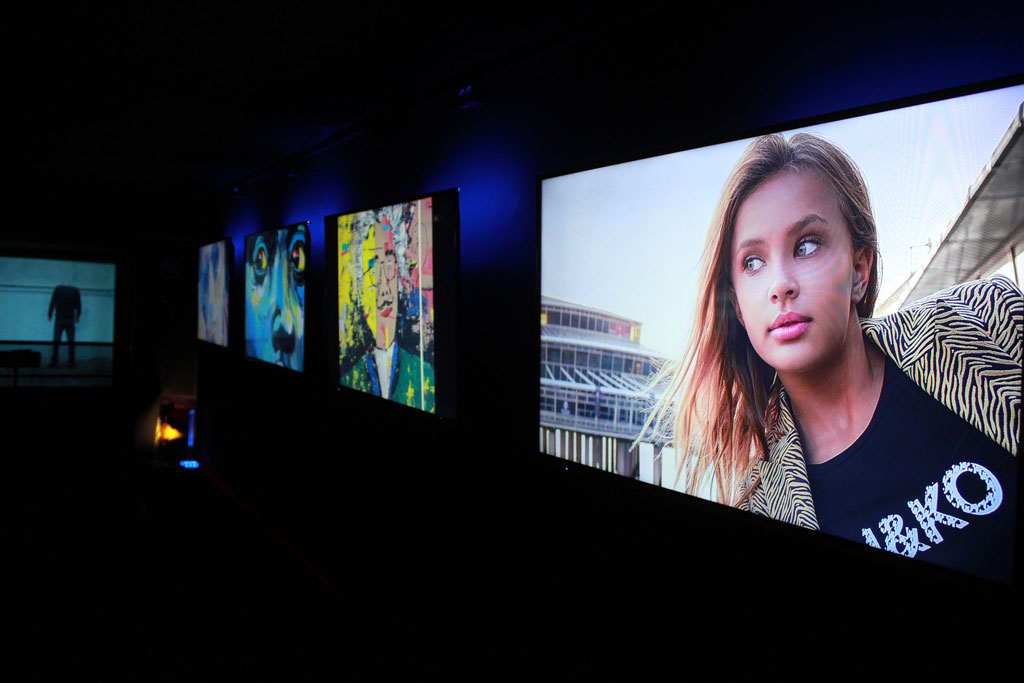
Eerdere berichten over deze expositie:
Laatste dag expositie
Foto 7: Saar (0302)
Foto 6: Catinca (0620)
Foto 5: Teline (0405-2)
Foto 4: Resa (0306)
Foto 3: Rona (0208)
Foto 2: Fay (0106)
Foto 1: Anoek (0110)
Vandaag vernissage
Zeven foto’s in expositie “Portrait Award 2020”
Voor een overzicht van alle berichten over de samenwerking met M.A.D.S. Gallery: volg deze link.




























